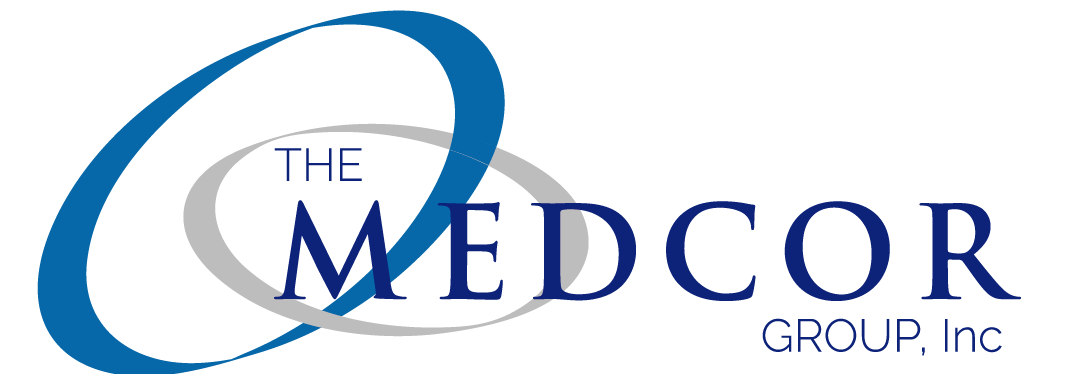Are your medical billing issues coming from the front office or the billing department?
The front office staff and the medical billing department have to work together as a team in order to have a successful medical billing process. Inter-office communication is also an essential part of medical billing. Making sure the front desk knows how to enter patient and insurance information correctly will ensure that all no charges will be billed with incomplete information.
Front Office Staff
The front desk is the first line of defense for getting correct patient information. Tasks include appointment scheduling, insurance coverage and eligibility verification, including sliding fee documentation. Having complete and accurate patient information upfront helps in providing a successful medical billing process. The staff at the front desk are responsible for making sure all of the information that is needed is collected and that the information provided by the patients is correct.
According to a survey by ClaimRemedi, 80% of submitted claims were rejected due to issues with the insurance eligibility.
Best practice is to make sure the front office staff knows how to correctly verify insurance and knows what information is needed. Even asking patients if their insurance has changed and making copies of the patients insurance cards and photo identification every time can help.
It’s also important that the doctors and clinical staff know the correct coding rules to help ensure the procedures are all done with documented medical necessity and correct code linkage. This helps reduce costly and time-consuming errors and claims appeals.
Medical Billing & Coding Department
Billing is the last opportunity to maximize revenue.
Medical billing tasks include coding, claims submission, aging reports, self-pay, payment posting, statement processing and the management of denied claims. How your practice handles these steps directly impacts your ability to get paid the full amount that you are owed as quickly and efficiently as possible. See related post: 4 medical billing errors hurting your healthcare revenue cycle.
The coding clerk will review the current visit and associated medical notes to verify the CPT and ICD-10 codes that are needed to complete the insurance claim form. The biller verifies all of the patient demographics: name, date of birth, address, insurance ID numbers, the insured’s name and additional information required for the form to be completed. The billing clerk will also add any supplies or medications used for the patient to the claim form. These charges are also sent to the insurance company using codes through the HCPCS II (Healthcare Common Procedure Coding System).
Once the coder and biller are satisfied that the claim is accurate, it’s submitted electronically using an EMR/EHR system to the insurance company or other federal or state payers.

